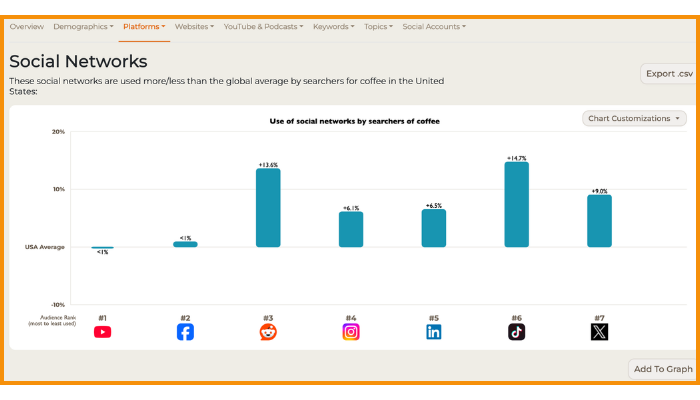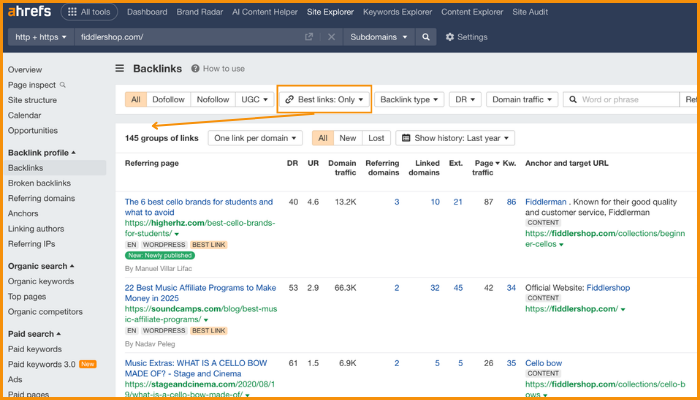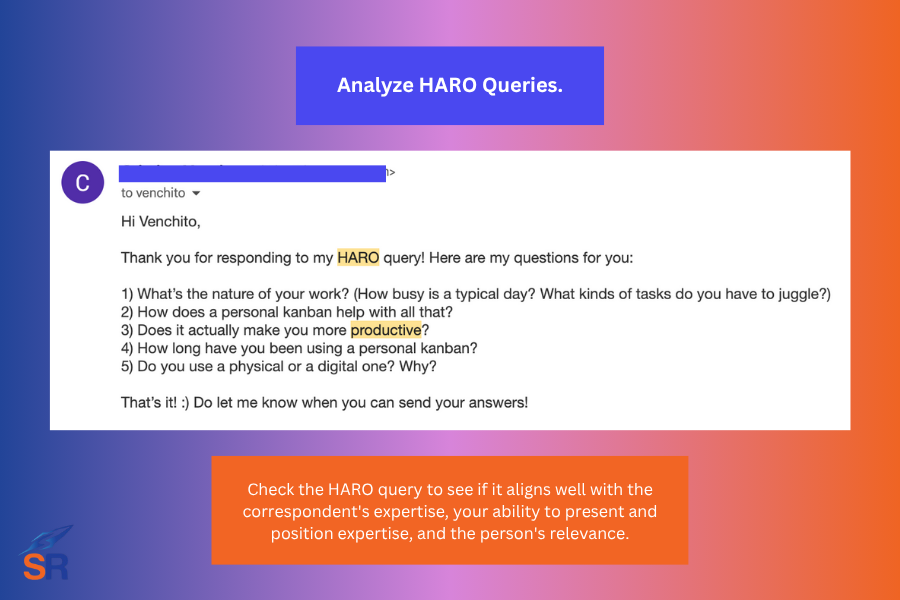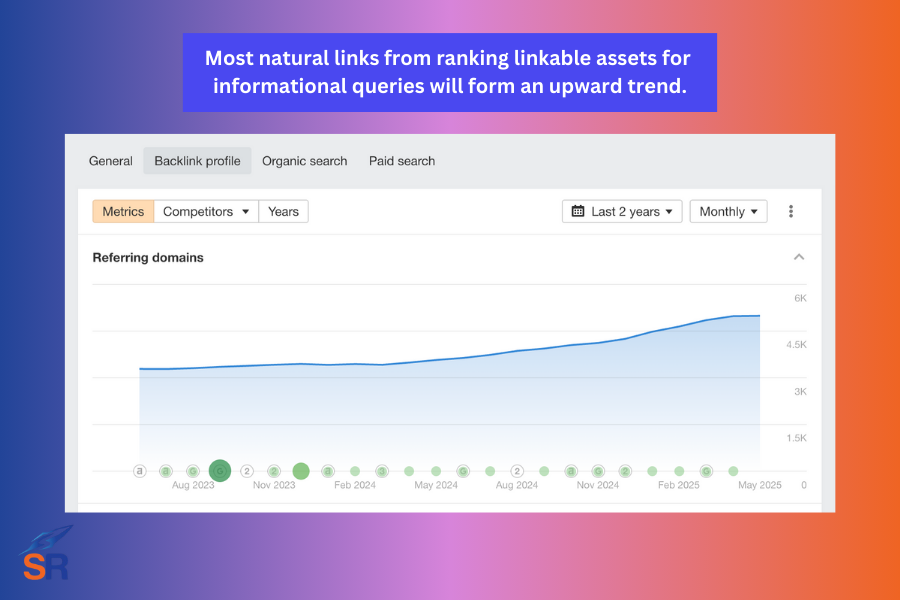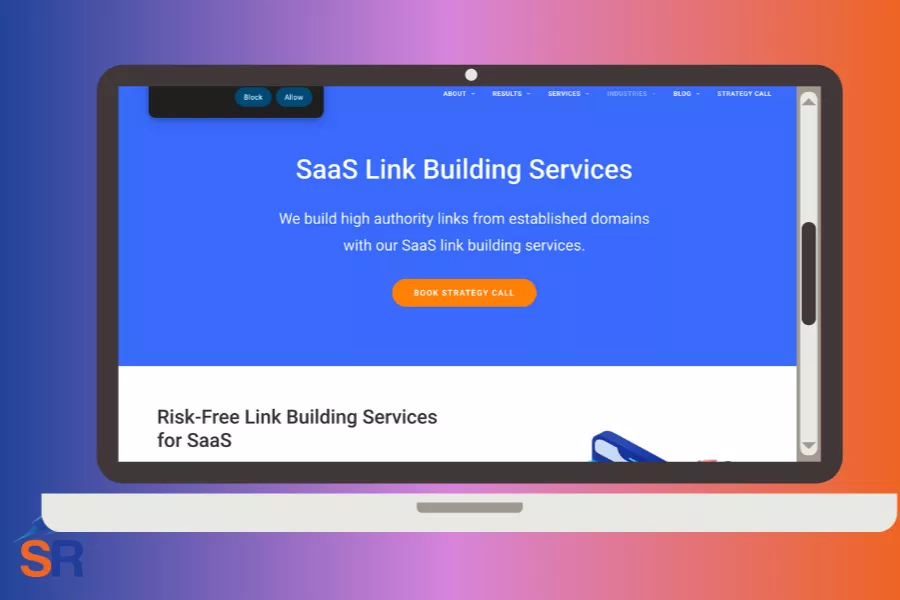One of the challenging parts of link building is creating a list of targeted opportunities where you’ll have chances of getting links.
This is easy for industries where you can quickly think of audiences to target. However, you may find it very challenging for small niches, such as safety training manuals for niche construction tools and custom gaskets for commercial refrigeration.
In this guide, I’ll show you practical ways to think outside the box so you can learn how to build backlinks in very small niches.
Contents
Toggle1. Serve More Linkable Audiences
When building backlinks, it’s a common practice to ask what topics you should write about for other sites so they can link to yours. While that’s important, I recommend you start with audience research first.
Think of the audience you want to serve as they’ll also give you links—in SEO lingo, we call them “linkable audiences.”
What Are Linkable Audiences?
Linkable audiences are people likely to share or link to content that resonates with their interests or values. These audience groups include educators, researchers, and web curators.
Their day-to-day work involves maintaining the website, mainly updating their resources or links pages with new links. So, doing SEO outreach to these folks doesn’t require much asking but instead sharing your newly published content that matches their audience’s interests and needs.
This approach removes the friction of constantly following up with audiences who won’t necessarily link to new content anyway. They know what to do once you send them new resource links because they, by nature of work, link to other sites.
Here’s a list of highly linkable audiences.
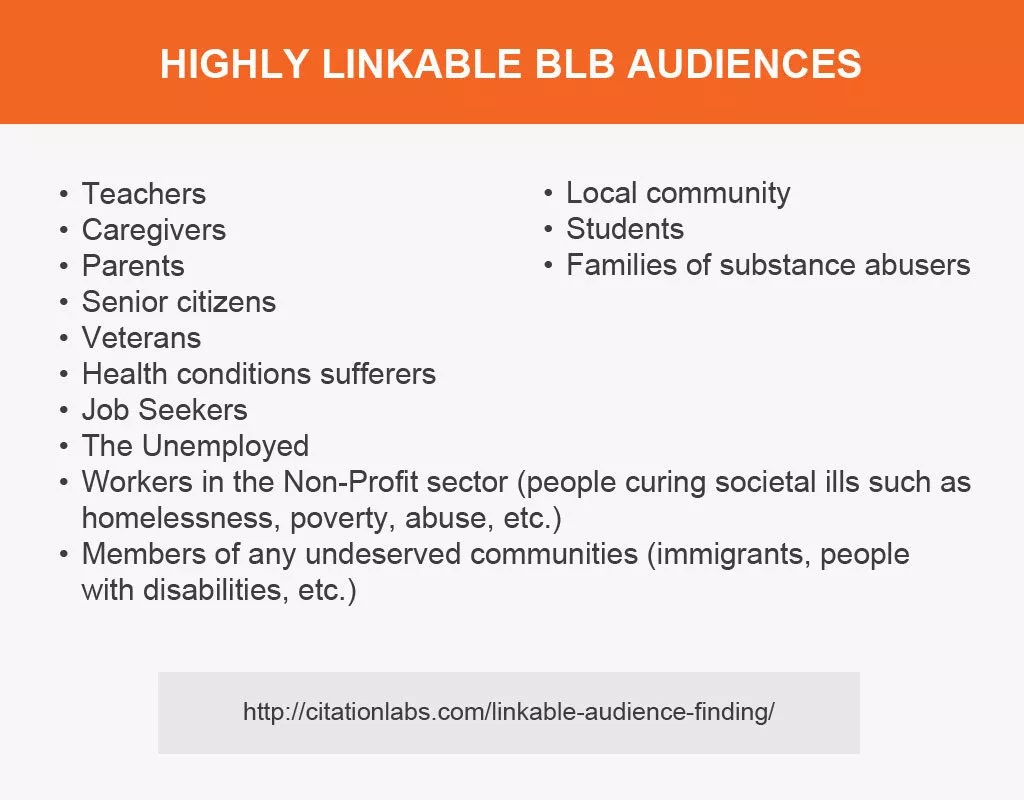
Find connections between your site’s content theme and these linkable audiences. For instance, in my sleeping blog before, I’ve published a couple of guides that target three of these linkable audiences:
- The Ultimate Parent’s Guide to Helping Kids Sleep Better
- PTSD Sleep Solutions: A Practical Guide to Restful Nights
- Veterans’ Restful Nights: A Comprehensive Guide to Better Sleep
You can also use ChatGPT to generate topic ideas by connecting your brand’s thematic relevance and these linkable audiences.
Choose content ideas that make sense to your site and could be expertly written based on your available resources (in-house content team, available data, etc..).
2. Leverage Reverse Outreach
Reverse outreach is a link building strategy of creating content that naturally attracts links by getting in front of bloggers and publishers. Instead of contacting other sites for links, you draw them to your site by ranking for highly referential or research keywords.
This is one way to acquire links for very small niches without entirely relying on manual outreach.
Start reverse outreach by developing resources that publishers and bloggers in your industry value. Examples of resources you can create are:
- Industry reports (data)
- Statistics
- Calculator
- Case studies or research papers
You could expand your reach beyond the limited topics of your site. Use Ahrefs’ Content Explorer to find topics and existing linkable assets that highly rank for “research keywords”. Here are a few examples:
- [Your niche/topic] industry statistics 2024
- Latest trends and data in [your niche/topic]
- Comprehensive [niche/topic] market report
- [Niche/topic] growth and projections statistics
- Historical data and insights on [specific aspect of niche]
People who use these search queries are likely during the research stage of their content creation process. And if they find one of your ranking content valuable, they’ll include it as one of their references/resources through links.
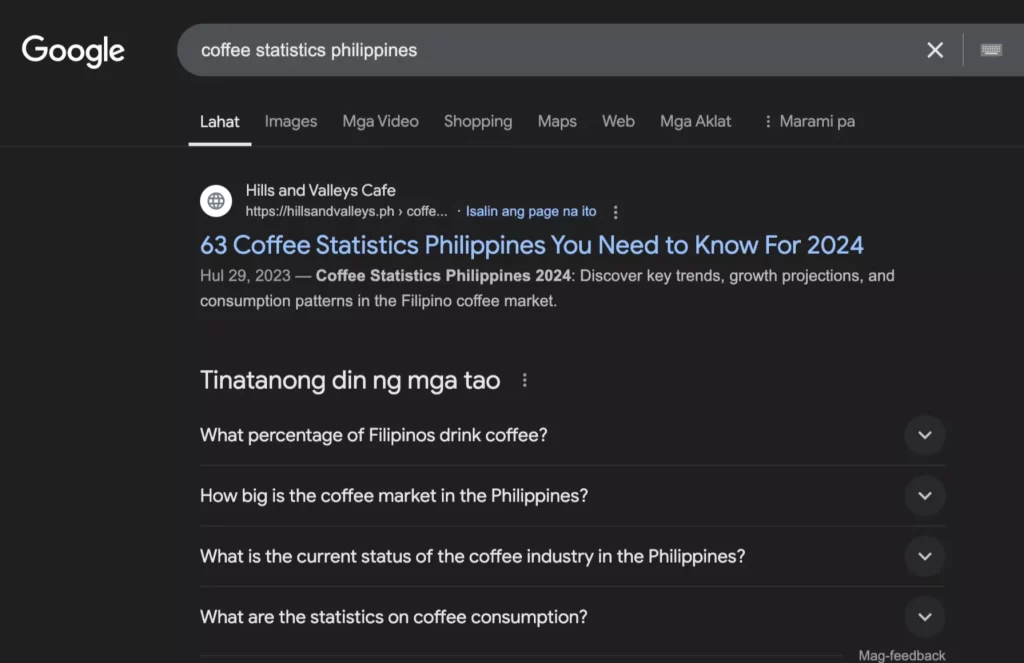
Pro Tip: Look for new linkable content published by competitors or big industry publishers. This could inspire you to create more content for your blog.
3. Capitalize On Your In-house Experts
If you create content similar to the other ranking pages, you create unoriginal content.
Adding a component of first-hand experiences to your linkable asset brings unique perspectives and expands the body of knowledge already available on the web.
To publish more interesting content on your blog, you can interview and collaborate with your in-house experts and potentially other publishers from other sites. Their insights can position your content as authoritative and have higher information gain, increasing the likelihood of backlinks.
You can also leverage expertise through a digital PR campaign.
One new HARO-like platform is Pressflow, which helps connect experts and thought leaders with journalists and publishers looking for credible sources.
When you subscribe to Pressflow, you’ll be notified of the latest requests for insights and quotes. Browse for topics your team of in-house experts (or collaborated leaders) can contribute to, and send your thoughts as soon as you can (remember: time is your greatest ally in digital PR).
For more actionable tips, you can check out my guide on digital PR best practices.
4. Get Event Links Through Sponsorships and Partnerships
One underutilized link building strategy is event link building.
Getting backlinks through sponsoring events and partnering with organizers has a high relevance score, especially in a hyperlocal context, where you’re sponsoring events in local organizations.
Find local events within the industry, and see if they have dedicated event pages on their sites where you can get embedded or text links.
Collaborate on their community initiatives by incentivizing through monetary or non-monetary means, supporting, or event-hosting workshops or meetups.
Many small niches have local business groups or associations, as it’s one way for them to solidify their work and expand business connections. These relationship-building activities allow you to get link opportunities without the usual link begging.
5. Use AI Tools for Content Ideation
One of the major challenges in creating linkable content for small niches is getting new insights and topics that are still on-brand.
You can use AI tools like ChatGPT or the recent Ahrefs feature, “AI Content Helper”, to flesh out new insights and sections you can add to your content.
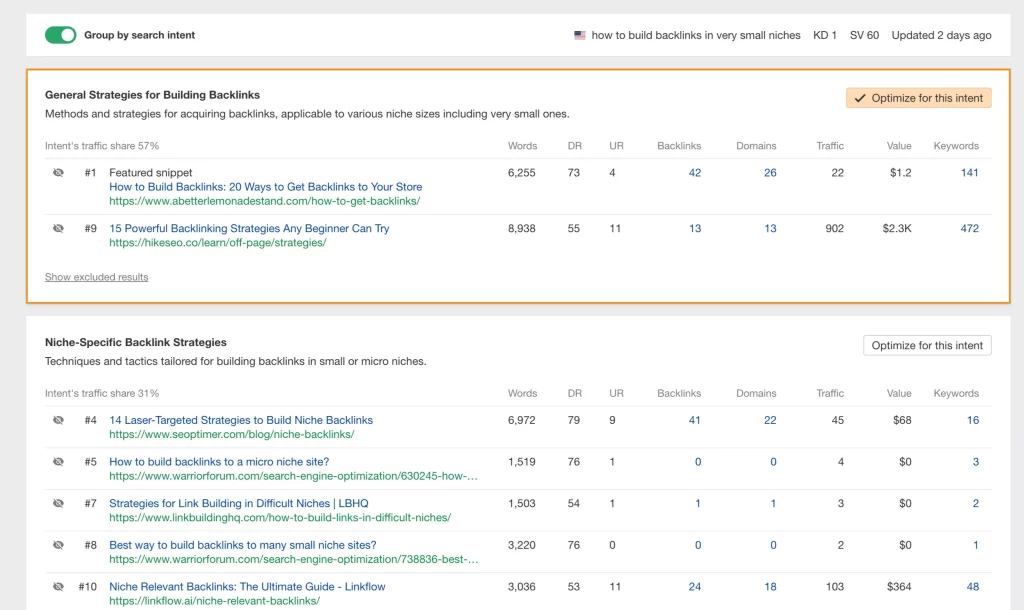
Of course, you won’t fully rely on these tools to make the content for you. As we know by now, adding the experience and experience (or the entire EEAT) elements to content creation makes it more user-engaged and more likely to climb Google’s SERPs for its respective keywords.
Use these tools just as a guide to support you with new ideas and differentiate your content so that it brings new information to the knowledge base and helps increase user engagement.
6. Monitor New Links to Competitors
Reverse engineering other sites’ links helps generate new link types that can only exist within your small niche.
For instance, one dominating unique link type in the wedding space is links from pages of wedding vendors, including florists and videographers. Given their local relevance, links from these types of pages give higher link equity than any other link type.
If you’re in this niche, you can expand your link prospects by doing Google searches for wedding vendors in your city to find a few more resource pages and directories where your florist or videographer (or your local business) could be included.
Scaling Your Efforts in Small Niches
While link building for small niches may present more challenges than having a big website that can reach multiple audiences, those few tips mentioned earlier could help you create a sustainable and impactful link building campaign.
By being more creative, persistent, and precise, you can expand your link opportunities and form genuine connections with partners and publishers within your industry.
Written By
Venchito Tampon
CEO and Co-Founder at SharpRocket, a link building agency. With a decade of experience, Venchito has a proven track record of leading hundreds of successful SEO (link builidng) campaigns across competitive industries like finance, B2B, legal, and SaaS. His expert advice as a link building expert has been featured in renowned publications such as Semrush, Ahrefs, Huffington Post and Forbes. He is also an international SEO spoken and has delivered talks in SEO Zraz, Asia Pacific Affiliate Summit in Singapore, and Search Marketing Summit in Sydney, Australia. Check out his other business - Hills & Valleys Cafe.
Reviewed By

Sef Gojo Cruz
COO at SharpRocket, overseeing end-to-end operations, from crafting link building strategies to leading high-performing teams. Previously led SEO initiatives at Workhouse, a digital agency in Australia, and Keymedia, a real estate media company based in New Zealand.
How our LINK BUILDING AGENCY in UK builds 250 links/mo consistently using Predictable Link Building Methodology™…
- Using a SIMPLE and PROVEN system
- Using a SCALABLE strategy
- No private blog networks
- No creepy outreach emails


